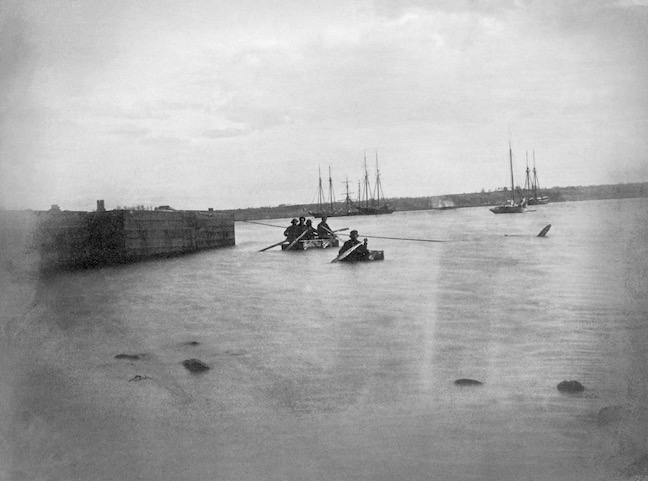| Credit: | by Russell (Andrew J.) |
|---|---|
| Date: | 1863.02-03 |
| Negative Size: | 6.5 in. x 8.5 in. |
| Equipment: | oar |
| Locations & Lines: | Alexandria VA; Potomac River; Virginia |
| Military Units: | US Military Railroads (USMRR); US Army |
| Transports: | blanket boat; sailboat; schooner |
| Sources: | J. Paul Getty Museum; Lehigh University; Library of Congress |
$5.99
File Details: AAARm, 600 DPI, TIFF, Original Photograph, 16.6 Mb
Image ID: AAAR
Haupt, United States Military Railway Department. Construction And Transportation. No. 17. Expedients for Crossing Streams.-No. 17 represents an expedient for crossing streams which promises to be of very great value in military operations. It consists of a frame, (see No. 19,) covered with an india-rubber blanket, or with painted canvas, or any other material impervious to water.
The frames are made of round or split sticks, not much larger than chair sticks, put together by means of the pocket auger represented in No. 20.
To afford sufficient capacity, the best size for the blankets is 8 feet long by 5 feet wide. This will allow two men to sit in each boat, facing each other, with their legs extended. The frames are 15 inches high, 33 inches wide, and 69 inches long, outside dimensions. The blanket is surrounded by eyelets, and tied to the top rail of the frame by strings.
Although these boats may be used singly, for scouting and for other purposes, yet their most important use promises to be in throwing large bodies of troops suddenly across a stream, even in the face of an enemy of equal strength, and enable them, by the rapidity of the manoeuvre, to occupy and hold their ground before the enemy can concentrate to oppose them. To accomplish this movement, which books on military science declare to be impracticable, a point should be selected where artillery can command the opposite bank, and where troops can be amassed unobserved. When all is ready, two regiments of engineer troops, each man carrying his boat, advance rapidly to the stream, throw in the boats, lash them together in rafts of 25, send over ropes to tie to trees on both sides, and in a few minutes a ferry is extemporised, capable, with two ropes, of throwing troops across at the rate of 10,000 men per hour; one of the ropes being use for the loaded rafts, and the other to return the empty ones. Each raft will carry 50 to 65 men; and to avoid confusion and delay, the men who manage the rafts should be drilled. Cavalry may be passed over holding the bridles of the horses; artillery, by flooring the rafts with poles. In No. 17 two boats of smaller dimensions than those prescribed carry four men, but the men should sit flat on the bottom, not on boards across the top.
Related Images
You may also like…
-
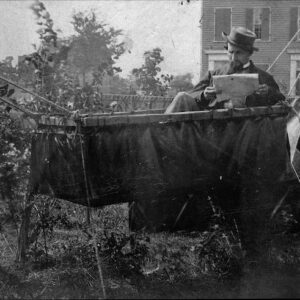
Image ID: AZGG
$2.99 Add to cart -
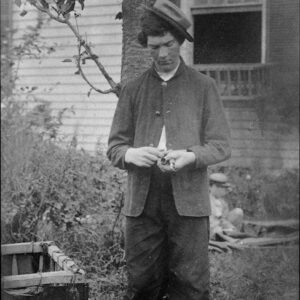
Image ID: AZGK
$2.99 Add to cart -
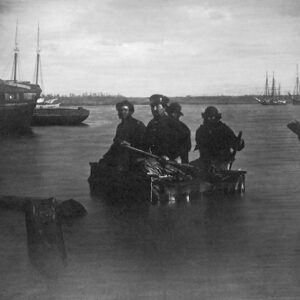
Image ID: AAAS
$5.99 Add to cart -
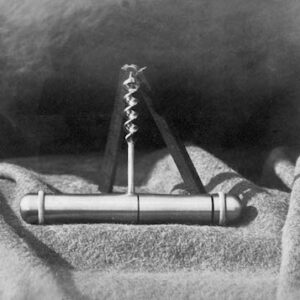
Image ID: AAAU
$5.99 Add to cart -
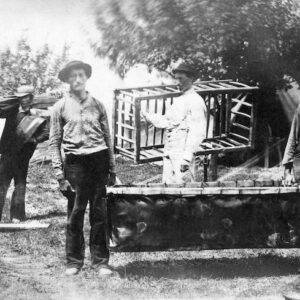
Image ID: AAAT
$5.99 Add to cart -
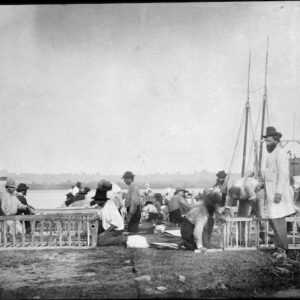
Image ID: AAET
$5.99 Add to cart -
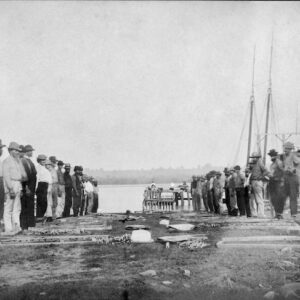
Image ID: AAEU
$5.99 Add to cart -
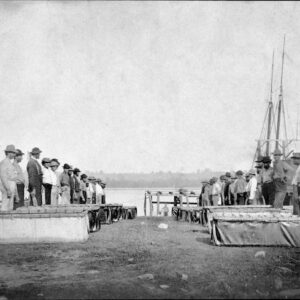
Image ID: AAEV
$5.99 Add to cart -
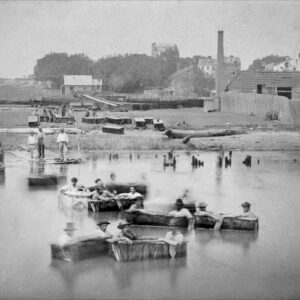
Image ID: AAEW
$5.99 Add to cart -
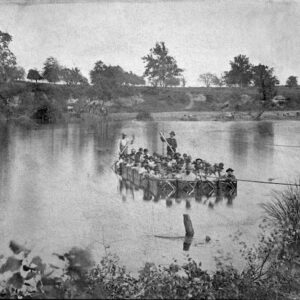
Image ID: AAEZ
$5.99 Add to cart -
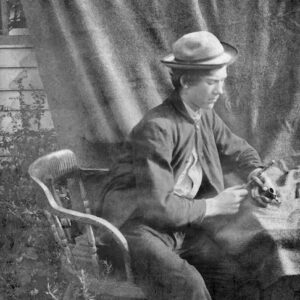
Image ID: AAFG
$5.99 Add to cart -
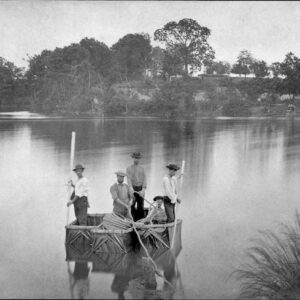
Image ID: AAEY
$5.99 Add to cart -
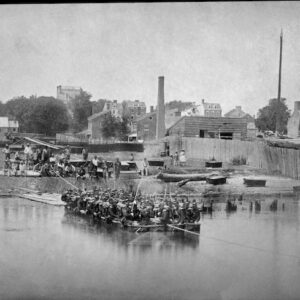
Image ID: AAFA
$5.99 Add to cart -
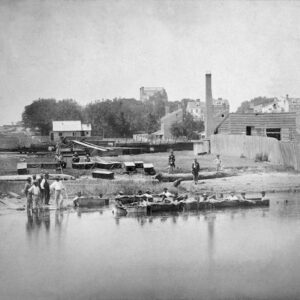
Image ID: AAEX
$5.99 Add to cart -
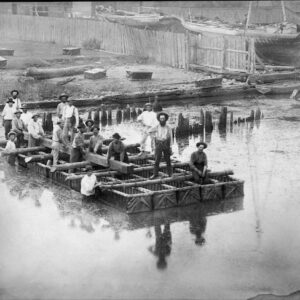
Image ID: AAFC
$5.99 Add to cart -
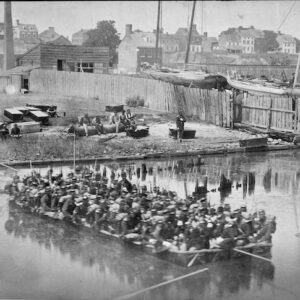
Image ID: AAFB
$5.99 Add to cart -
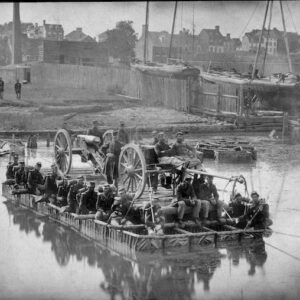
Image ID: AAFE
$5.99 Add to cart -
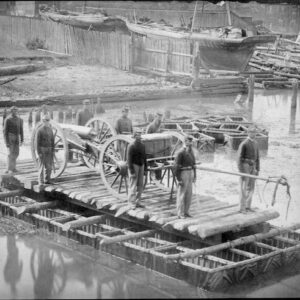
Image ID: AAFD
$5.99 Add to cart -
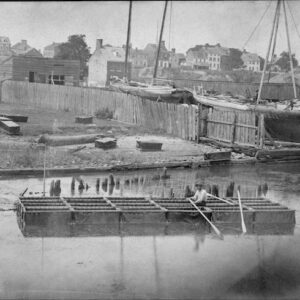
Image ID: AAFF
$5.99 Add to cart

